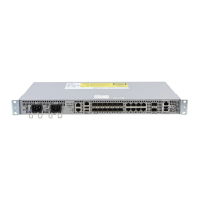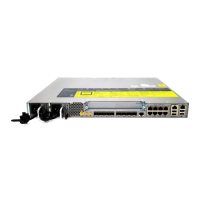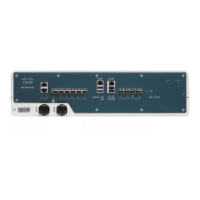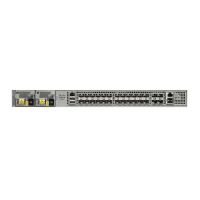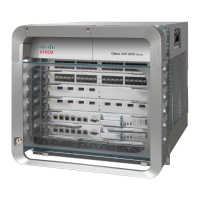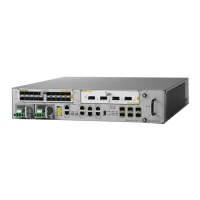• ipv6—IPv6 interface subcommands
• l2protocol—Configures Layer 2 control protocol processing
• mac—Commands for MAC address-based features
• no—Negates a command or sets its defaults
• service-policy —Attaches a policy-map to an EFP
• shutdown—Takes the service instance out of service
Enter the [no] shutdown service-instance configuration mode to shut down or bring up a service instance.
• snmp—Modify SNMP service instance parameters
Encapsulation
Encapsulation defines the matching criteria that maps a VLAN, a range of VLANs, class of service (CoS)
bits, Ethertype, or a combination of these to a service instance. You configure encapsulation in service instance
configuration mode. You must configure one encapsulation command per EFP (service instance).
Use the encapsulation service-instance configuration mode command to set encapsulation criteria. Different
types of encapsulations are default, dot1q, dot1ad, priority-tagged and untagged. Supported Ethertypes include
ipv4, ipv6, pppoe-all, pppoe-discovery, and pppoe-session.
Encapsulation classification options also include:
•
outer tag VLAN
•
outer tag CoS
•
inner tag VLAN
•
inner tag CoS
•
payload ethertype
After you have entered an encapsulation method, these keyword options are available in service instance
configuration mode:
• bridge-domain—Configures a bridge domain
• rewrite—Configures Ethernet rewrite criteria
Table 2: Supported Encapsulation Types
Description
Defines the matching criteria to be used to map 802.1Q frames ingress on an
interface to the appropriate EFP. The options are a single VLAN, a range of
VLANs, or lists of VLANs or VLAN ranges. VLAN IDs are 1 to 4094.
•
Enter a single VLAN ID for an exact match of the outermost tag.
•
Enter a VLAN range for a ranged outermost match.
encapsulation dot1q
vlan-id [vlan-id[-vlan-id]]
Carrier Ethernet Configuration Guide (Cisco ASR 920 Series)
15
Ethernet Virtual Connections Configuration
Encapsulation
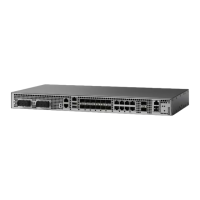
